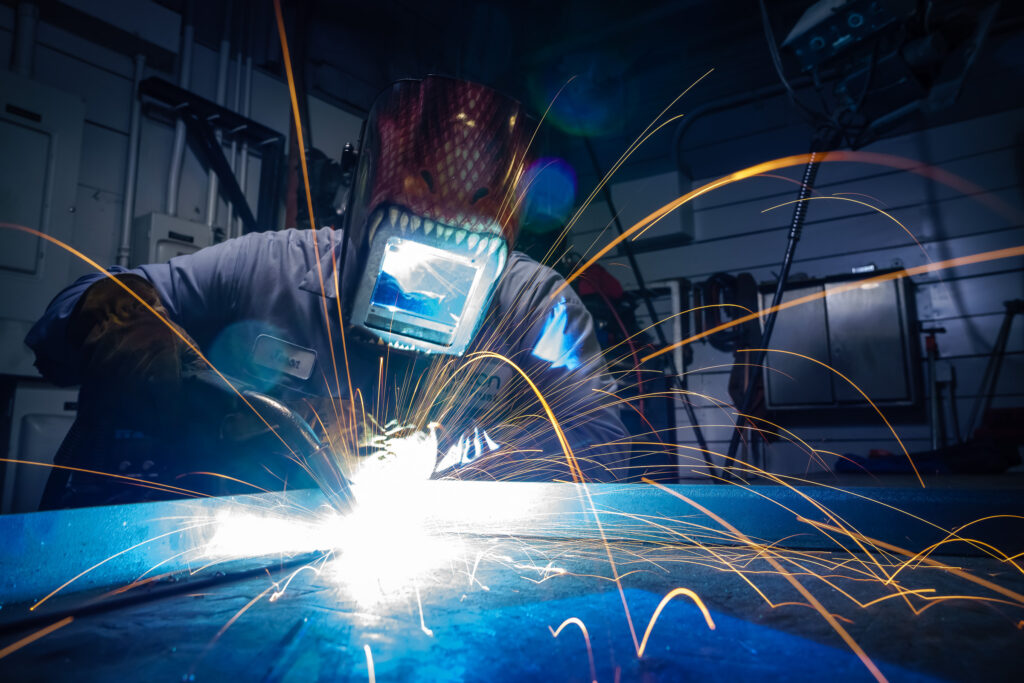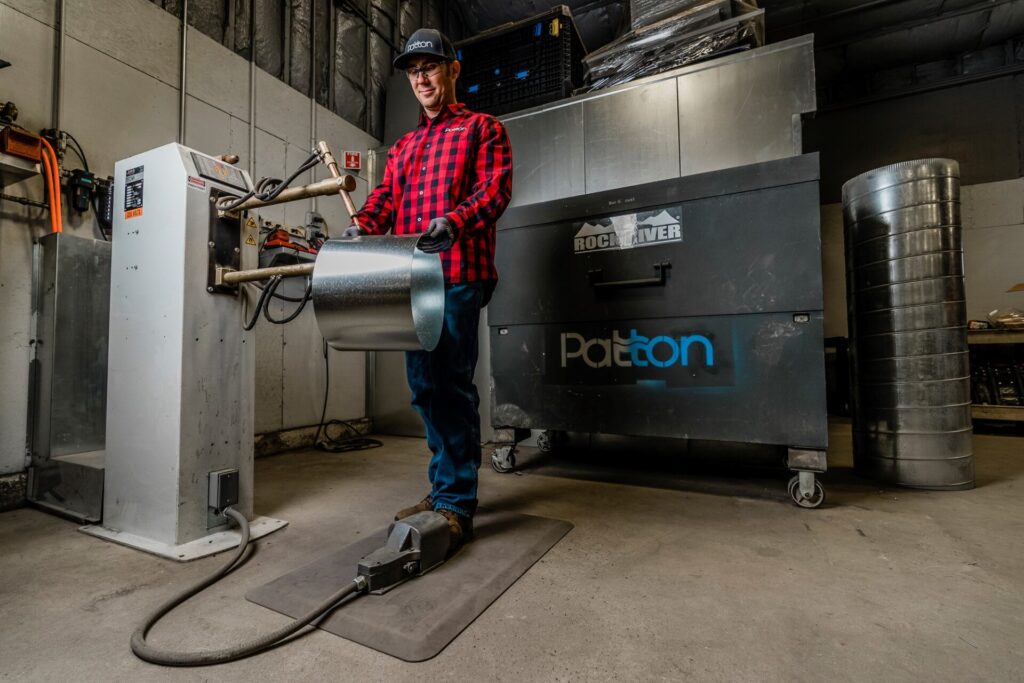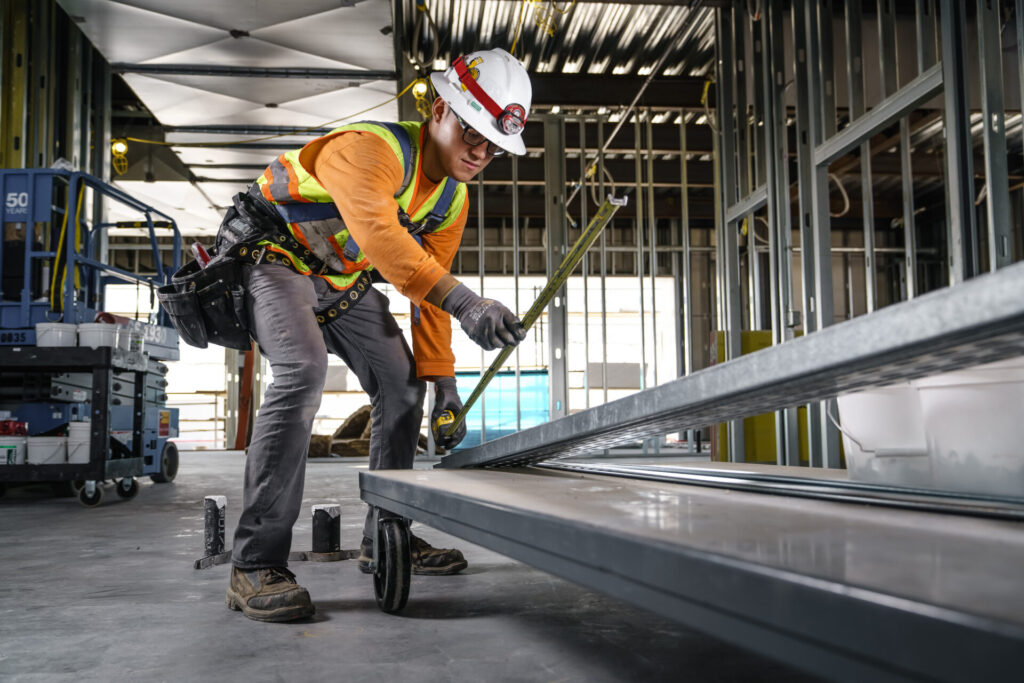
INDOOR AIR QUALITY



Indoor air quality is the most important measure of performance of an HVAC system. The overarching performance goal is to capture and remove as many contaminants as possible from fresh air, building materials and occupants while delivering sufficient ventilation air and without using too much energy. In the context of this performance goal, optimizing the HVAC system requires understanding of the relationship between fresh air, occupant health, and energy costs.
Guarding against transmission of the SARS-CoV-2 virus through a building’s HVAC system is best accomplished using a broad range of strategies. Just like there are many different factors that contribute to how much energy an HVAC system uses every day, there are many different ways viruses can be transmitted inside buildings and homes.
The different ways to combat transmission can be broken down into five main categories:
- Function– Keeping all HVAC equipment in good working order
- Dilute– Increasing the amount of fresh air delivered to occupants
- Filter– Collecting and disposing of particulates
- Clean– Add-ons that make kill microorganisms and help remove them
- Monitor– Sample, display and record selected air quality indicators
Function
HVAC systems must be maintained in good working order to ensure continuous amounts of fresh, conditioned clean air is delivered to occupants. Well-maintained HVAC systems reduce the risk of dust build-up, mold caused by clogged cooling coils and minimize downtime when equipment unexpectedly fails.
Patton recommends a regular maintenance schedule that includes, at a minimum, equipment inspection and service and air filter replacements. Other recommendation include:
- Controls – Test to ensure systems operate as designed and safely
- Fresh air – Measure and adjust as necessary
- Minor parts – Consistently replace inexpensive components
- Major parts – Replace critical components before they fail
Dilute
Fresh air is the most effective way to reduce exposure to viruses transmitted by building occupants. The more fresh air supplied to the building, the less air is recirculated through the HVAC system from one area of the building to another. The trade-off to providing more fresh air to the building is a potential loss of comfort when the capacity of the HVAC system is exceeded.
Patton engineers can analyze existing HVAC systems and increase the amount of fresh air to the maximum level without exceeding the HVAC system capacity. Patton designs new systems to deliver up to 100% fresh air depending on the customer needs.
Filter
The most commonly used HVAC filter allows more than 80% of SARS-CoV-2 particles to pass through without getting caught. Particle sizes of SARS-COV-2 are found in the size range of 0.25 to 3 micrometers. These tiny particles require a much higher grade filter in order to begin capturing COVID particles.
Patton recommends a minimum of MERV-13 filters in all HVAC systems. This is the same level recommended by ASHRAE and the US Center for Disease Control (CDC). The best level of filtration is High Efficiency Particulate Accumulator (HEPA) filtration. This type of filter captures up to 99.97% of SARS-Cov-2 particles.
The appropriate level of filtration depends on the customer’s needs as they relate to the following factors:
- Capture Efficiency: Percentage and size of particulates allowed to pass through a filter.
- First Cost: Cost of a filter each time it is replaced.
- Changing Frequency: Time it takes for a filter to reach full capacity before bypassing particulates.
- Energy Use: Air resistance a filter provides, making the fan work harder and use more energy.
CLEAN
Air cleaning and purification systems work together with a building HVAC system to achieve a higher level of indoor quality. Air purification systems actively neutralize and help remove dangerous pathogens, viruses, gaseous contaminants, mold, dust from the building. Bi-Polar Ionization is one of the few successfully tested specifically for use with SARS-CoV-2.
Bi-Polar Ionization
This system installs inside an HVAC system providing positive and negative ions to the airstream. These ions can capture gaseous and particulate contaminants in air and can kill microorganisms and remove odors.
This system has been third-party tested and demonstrated to kill the SARS-CoV-2 virus within 30 minutes of contact.
Patton recommends installation of a Bi-Polar Ionization system as part of a complete indoor air quality strategy. The cost to install this system on one unit is about the same as 1 year of maintenance. These systems can be installed in a building’s central HVAC system or purchased as a stand-alone portable room type solution.
Monitor
An energy management and control system ensures the HVAC system is operating at peak performance. Different levels of control and monitoring are provided depending on the level of complexity of a building HVAC system and the customer’s desire to actively manage performance.
In a post-COVID environment, there is an increased desire for building occupants to understand more about their indoor air quality.
Monitoring indoor air quality is the best way to ensure the safest environment for occupants. Below are a few of the parameters that can be monitored and what each can mean for occupants:
- Ozone – commonly found in outdoor air during certain seasons.
- CO2 – a general indicator of a need for more fresh air and increased number of occupants.
- PM2.5 – outdoor air contains small particulates due to smoke or pollution.
- Volatile Organic Compounds (VOC’s) – typical indicator of an indoor air pollutant.
The above monitoring points are helpful tools to provide to building managers, HVAC service providers and even building occupants. Furthermore, the above points can drive an energy management and control system to either increase or decrease the amount of fresh air supplied to a building. They can also be indicators of the need to change a filter or repair a component in the HVAC system.
Patton designs, installs, services and monitors building energy management systems for light commercial buildings all the way up to multi-building campuses.
Patton’s Customized Solution
Patton engineers provide specific recommendations depending on each customer’s situation. Different building types, number of occupants and desired levels of filtration all require engineering guidance to obtain an optimal balance of safety, energy efficiency and comfort.
